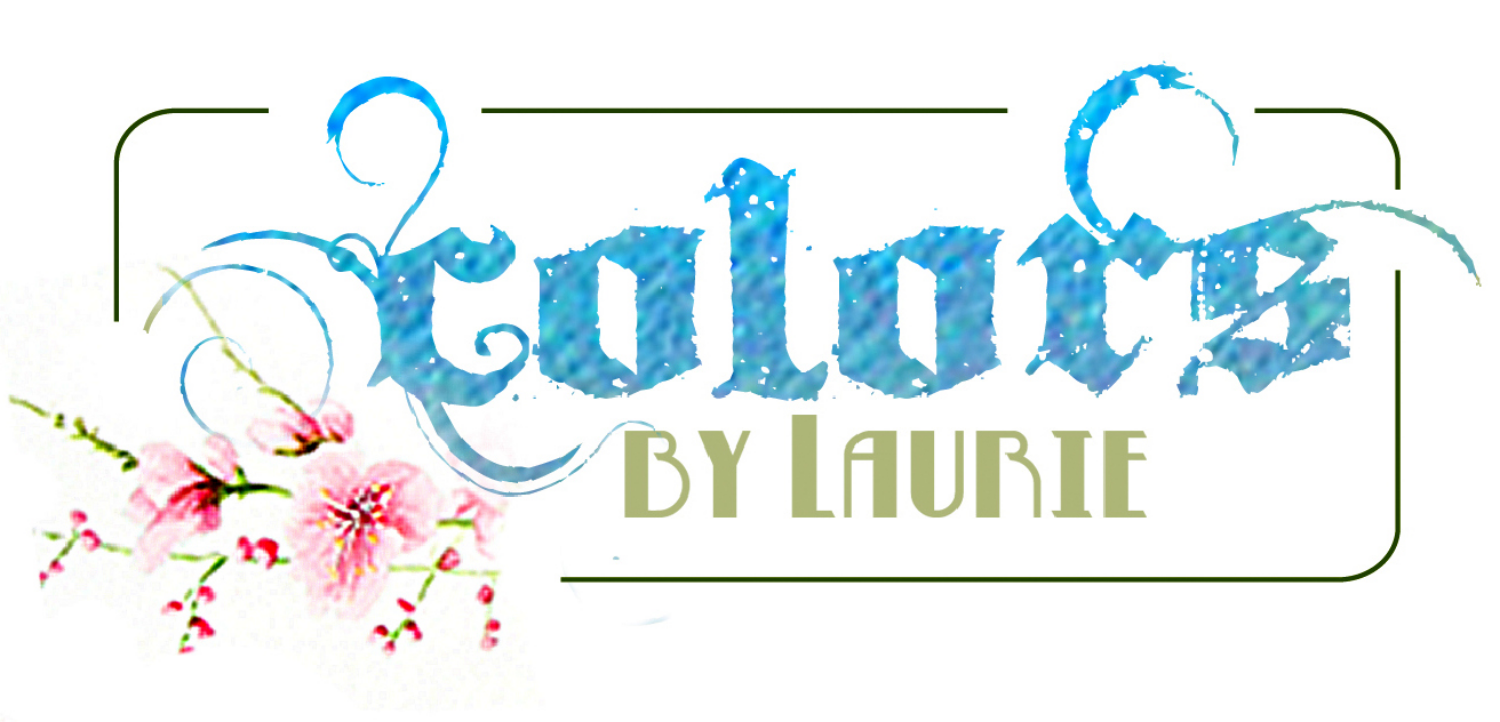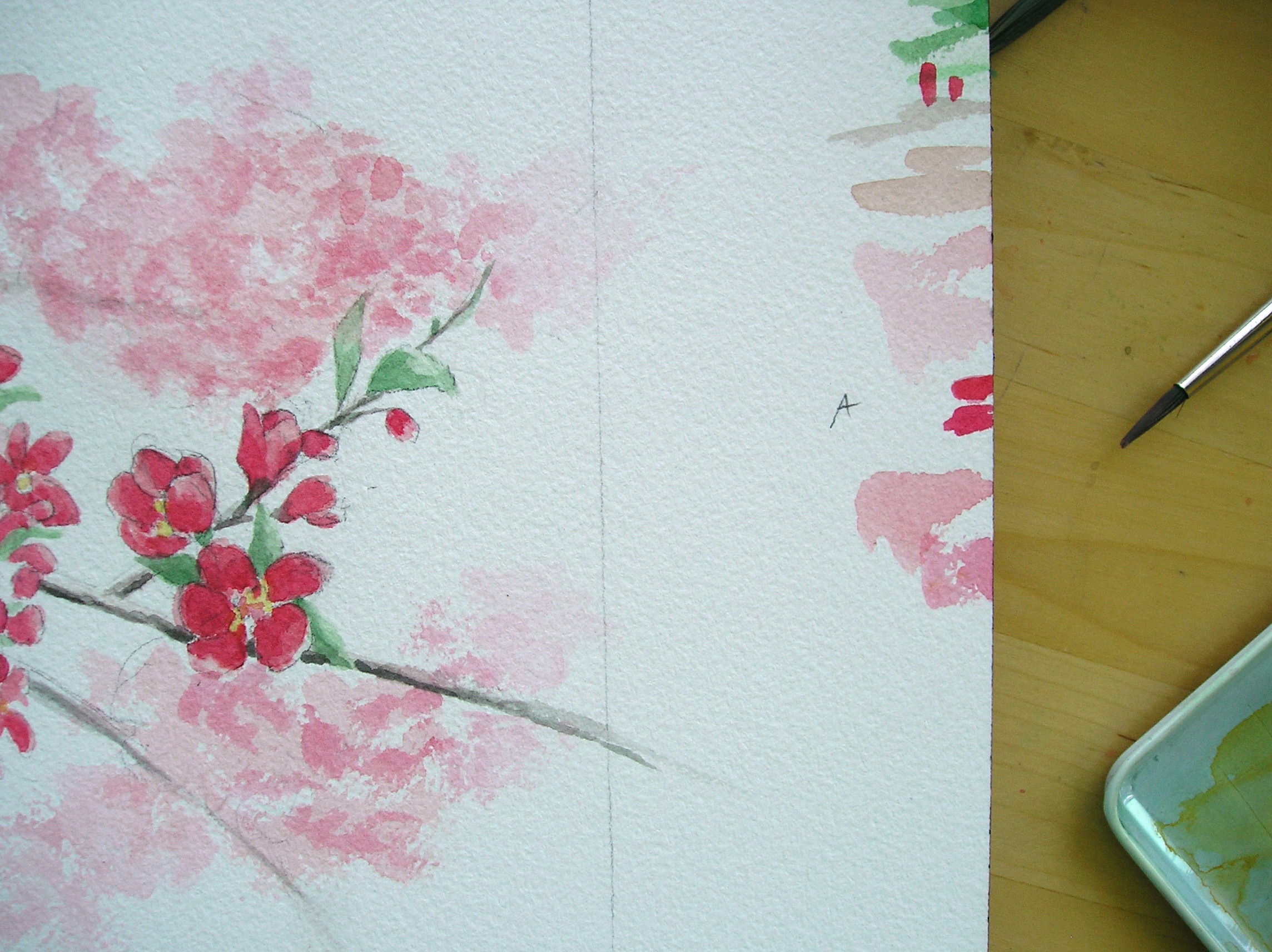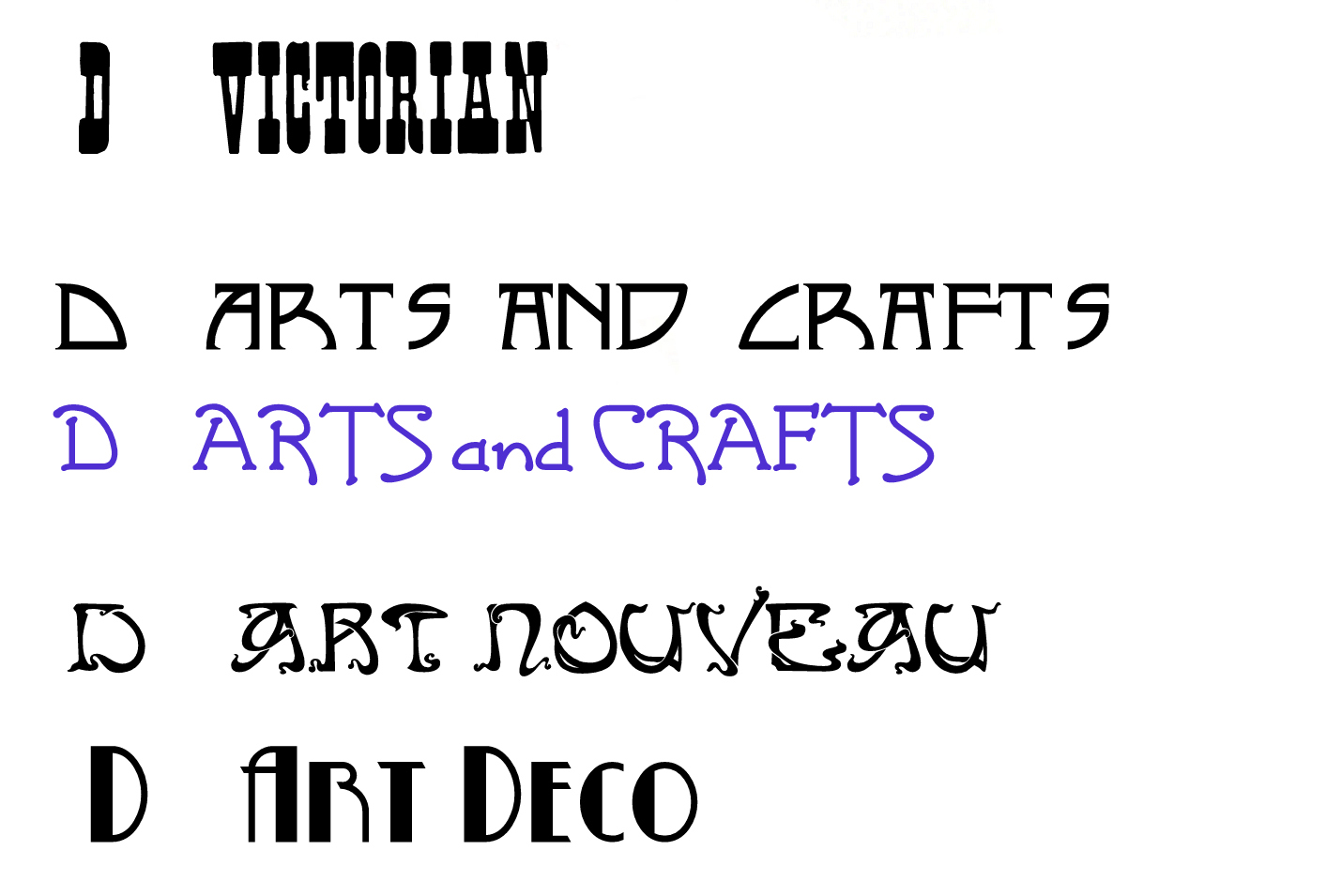This Sunday, my dad, Bill Ransom, would have been 100. It seems like a good time for a tribute. Well, sort of…I’ll let you decide if it’s a tribute or not.
You’ll need a bit of background to understand.
My mom was an artist. She painted, and her main subjects were landscapes.
She was really good.
Dad was a photographer. It started as a hobby when he was a teenager, then continued as an adult. My dad, had a career as a designer in the aerospace industry, but photography was always a part of his life and a side business.
He was a great photographer.
My parents were each other’s biggest fans.
But one day, in 1966, (I was 13), Dad came home from work early, with a big canvas, paint brushes and an artist’s beret. To the best of my memory, it went something like this:
Mom (surprised): “What is THIS?”
Dad (grinning): “You’re not the only one in this family who can paint.”
Mom (with skeptical tone): “Are you sure about that?”
Dad (confidently): “I have my scene already picked out, and I’m ready to start.”
Mom (laughing, rolling eyes): “Ok, you do your best.”
Mom, Paul, and Laurie: (laughing and more laughing)
So for several weeks, when Dad came home from work each day, he went to work on his painting. (It was a view of the Grand Teton Mt. range with the Snake River in the foreground.) This did not go on without mocking and playful teasing from my mom, (and my brother and I too). Dad dished it right back with confident talk, and a flourish of the brush!
As the painting progressed, we all realized it was actually turning out good, but following mom’s lead, we never let on to Dad. When dad finished his painting, he framed it and hung it over their bed. It moved with them to three other homes, and was placed above their headboard for 48 years. With every move, Mom made comments about there "not being room" for it at the new house, but it always ended up in its "place of honor" in the master bedroom.
And for 48 years, it was the source of MANY private jokes, and bantering. Dad smiled and teased back every time and we NEVER did tell him that we in truth liked the painting and admired his talent. It was his one and only painting and quite amazing actually. I had always hoped to tell him some day that I really did like it (though I’m sure he knew). I never told him, but maybe that’s more fitting anyway.
I miss my parents. I miss their love of the beauty of God’s creation, and desire to capture it on canvas and film. I miss the “inside” family jokes, the hilarious things that happened on some of our vacations. I miss their adventurous spirits. I miss their devotion to each other. But I DON’T miss dad’s painting, because it is hanging above the headboard in my guest bedroom. When I see it a smile forms in my heart.
Good job, Dad!





































